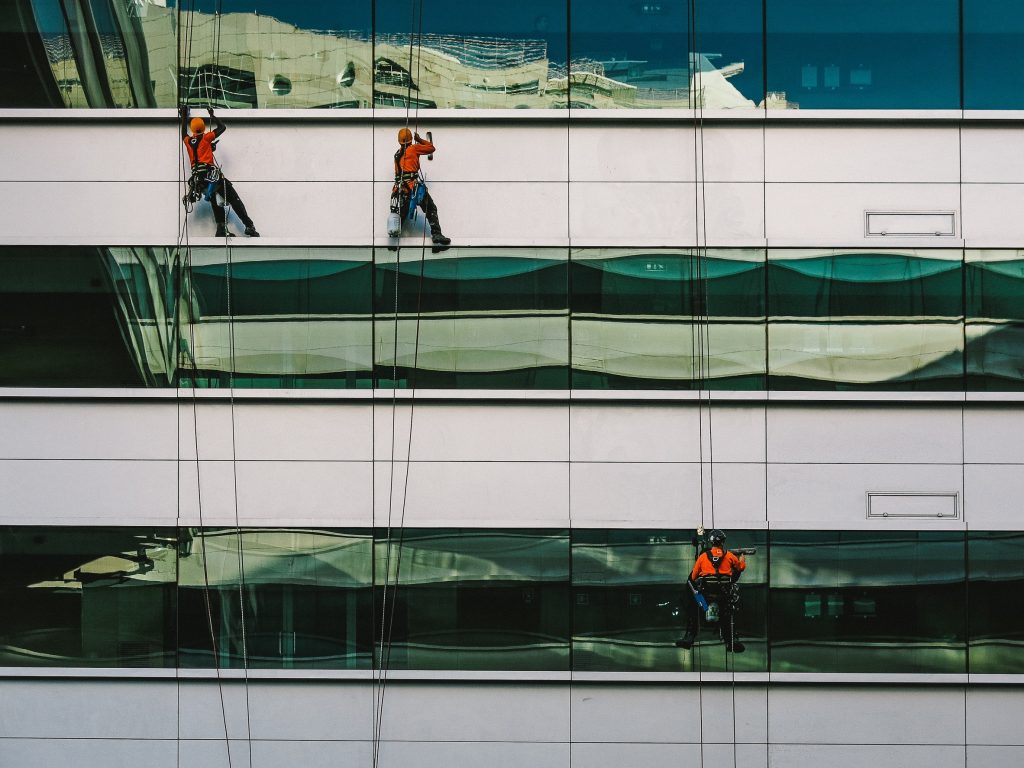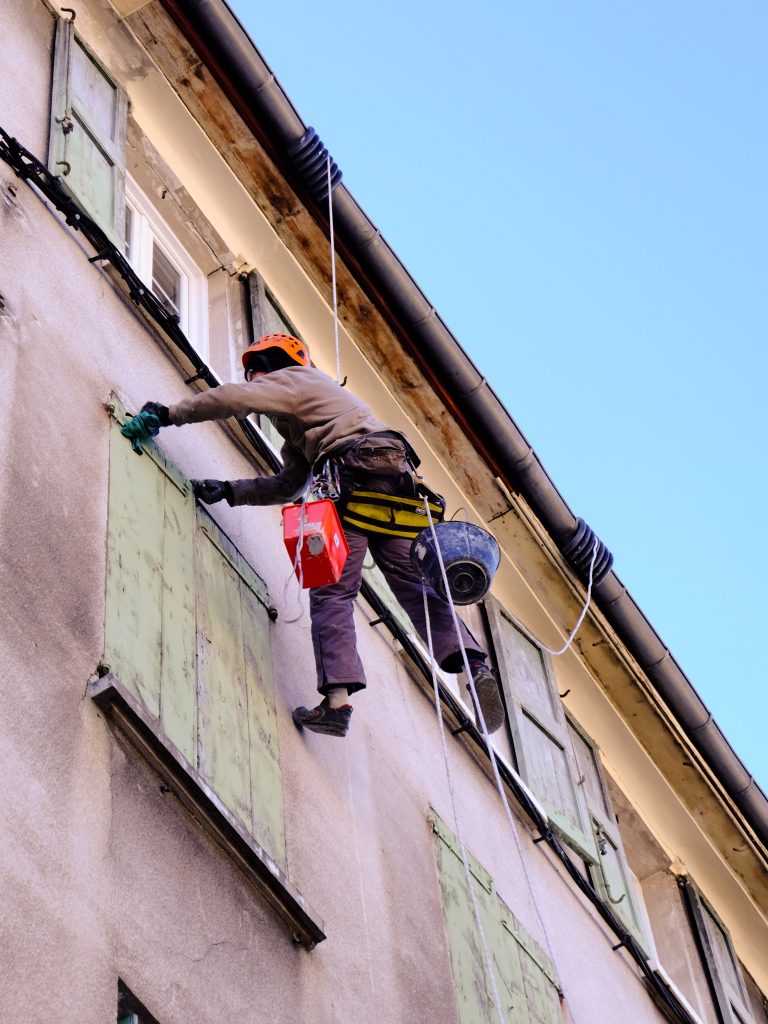
What Is Rope Access?
Rope access is a method used to conduct external maintenance and inspection. It facilitates access to hard to reach areas, typically areas at high altitudes, through the use of ropes and other access equipment and tools.
There are several benefits to opting for rope access. Some of these include the fact that it is a relatively fast, safe and low-impact method of completing tasks. Not only does it significantly reduce man-hours, but it also minimizes risks to both the technicians responsible for the maintenance and the nearby environment.
5 Reasons for Choosing Rope Access
- It is efficient
Since rope access equipment can be put together and disassembled quickly, it reduces man-hours. This, in turn, considerably increases on-site efficiency. - It comes at competitive pricing
Rope access can reduce on-site costs and impact because its equipment is not expensive and can be easily upgraded and adapted to different types of situations. It also helps that it is not bulky. - It is a safer alternative
Unless the technician is highly trained and certified, they do not work with rope access. Rope access is practiced only by professionals who can uphold exceptional safety records. This requirement makes rope access one of the safest jobs on-site. - It is environmentally friendly
Requiring no land clearance and land adaption, rope access is considered to be one of the eco-friendliest options out there. In addition to having minimal impact on the surrounding environment, emissions are reduced across the chain from both transporting heavy equipment to on-site motor emissions. - It is versatile
Rope access is a method designed to be used in even hard-to-access areas, such as confined spaces and tower sites. It can be used in areas that other equipment simply can’t get to. Nowadays, there are rope access techniques that are advanced enough to suit almost any environment.
4 Common Safety Myths About Rope Access

Despite what some people may believe, rope access is actually one of the safest ways to carry out high access maintenance and repairs. While it may appear dangerous to have someone hang by a rope at such great heights, several measures are taken to make it completely safe.
Let’s look at the most common myths surrounding rope access and address them one by one to help clear up any doubts you may have:
- It’s Just A Rope
While it may look like just one simple rope, it really is more complex than that. The rope is specialized and is used in combination with other devices that are well-equipped to hold a technician for an extended amount of time. - It Is Unsafe as the Technician Hangs from an Overhead Structure by Just One Rope
A technician is never attached to just one rope. In fact, there are two ropes used to keep the technician safe. These lines are independently anchored to the building: the anchor line is connected to a reliable anchor and provides a means of support and restraint. There is another rope added, a safety line that acts as a backup in the event that the working line fails. Since the anchorage points are not the same, this means is, should one anchor come loose, the technician will still be anchored in with a secondary one. - The Technician Is Put at Great Risk as They Have to Cover a Large Space on their Own
No professional company will assign only one technician to a building. Instead, they will have the rope technicians work in teams. This is the norm as it ensures that at least one technician has the ability to assist the other in the event of an incident. - At that Height, There Is Always the Risk of Equipment Falling
There is no chance of this happening as all of their tools are attached to them. As the equipment is attached to them, the probability of losing a tool and hurting someone down below is almost zero. From this standpoint, rope access can actually be far safer than scaffolding.
3 Reasons Why Rope Access Is Preferred to Scaffolding
- Scaffolding Requires Permits
It is impossible to set up a scaffolding without getting a permit first. Since scaffoldings ae cumbersome, it’s important to get permits to set up all of that scaffolding. Rope access, on the other hand, requires no permits. - Scaffolding Are Considerably More Expensive
The higher the building, the more the cost of the materials for scaffolding will be. With rope access, however, there are no expenses to consider besides the labor of the technicians and the materials required for doing the job. - It Takes More Time to Set Up a Scaffolding
And we all know that time costs money. The more time it takes to complete a project, the more money will it cost the company as business may be lost during the time it takes to get the maintenance done.